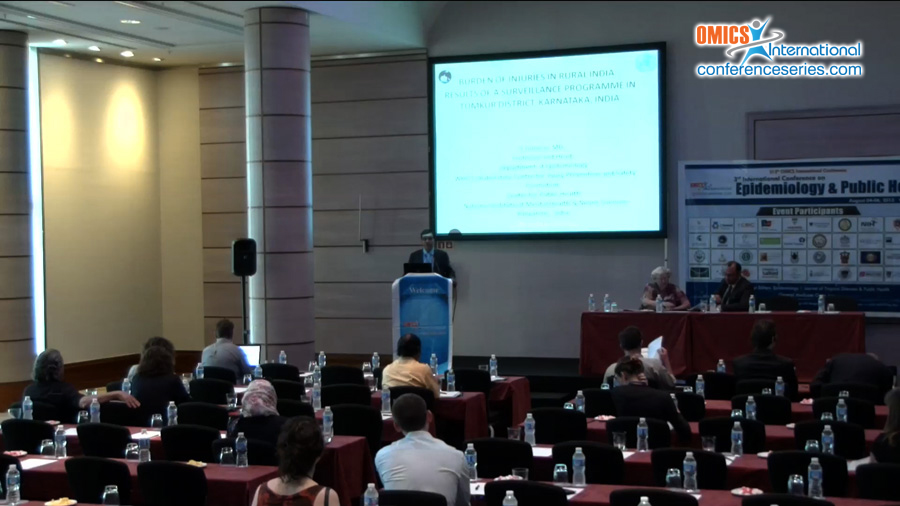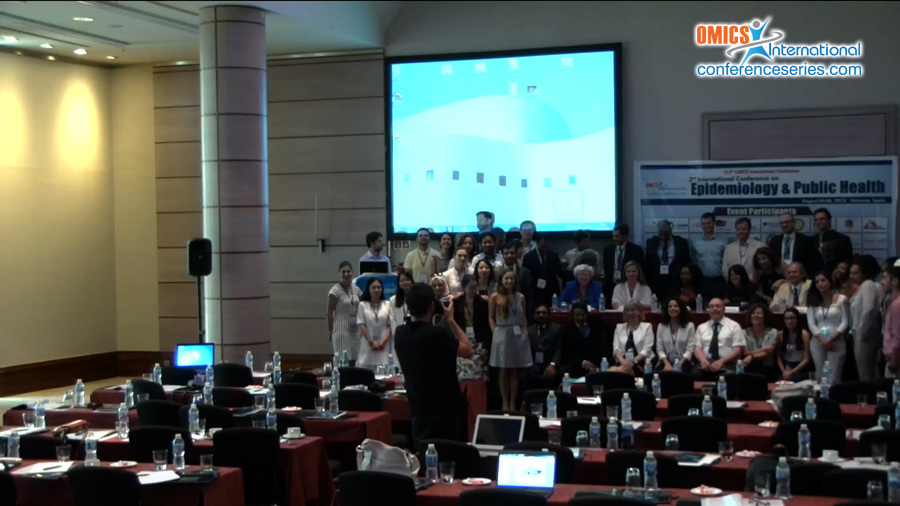
Gururaj Gopalkrishna
National Institute of mental Health and Neuro Sciences, India
Title: Burden of injuries in rural India: Results of a surveillance programme in Tumkur District, Karnataka
Biography
Biography: Gururaj Gopalkrishna
Abstract
Introduction: Information on burden, pattern and characteristics of injuries in rural India are not clearly known due to paucity of data and weak information systems. Even though health sector provides care, injury data is not routinely available and data from other sectors have major limitations. The programme initiated by WHO collaborating centre at National Institute of Mental health and Neurosciences in Bangalore, India has successfully used a surveillance approach to build programmes. A similar approach was developed for a rural district of South India. Aim & Objectives: To delineate burden, profile and characteristics of injuries in a rural district of India. Methods: Data was collected from police and hospital sources for a period of one year by trained research officers using validated questionnaires. The hospital data was collected round the clock from the emergency rooms of district hospital and a medical college hospital during the period 2008 – 09. A standardized format developed under the Bangalore Injury surveillance programme was used for collecting information. Data analysis was undertaken using Epi Info. Results: A total of 2146 injured persons were registered in both centres. Among all injuries, Road traffic injuries constituted the major burden accounting for more than 50% of all injuries. Assault (20%), followed by poisoning (12%) were the second and third leading external causes of injuries. Young men were the major groups in all injury causes among both killed and injured. Two wheeler occupants and pedestrians were the major affected groups. Majority (> 75 %) of the injuries were moderate to mild in nature and availability of prehospital care was limited. Conclusion: RTIs are a leading problem even in rural India and coordinated efforts are required for prevention, management and rehabilitation.


